England’s most famous Tudor queen lived a life full of intrigue, power plays, and strange habits that might make you raise an eyebrow. Beyond the royal gowns and brilliant speeches, Elizabeth I had some unsettling quirks and experiences that history didn’t shy away from recording. This list reveals a side of the Virgin Queen that feels surprisingly human and sometimes downright gross.
Sugar Destroyed Her Teeth
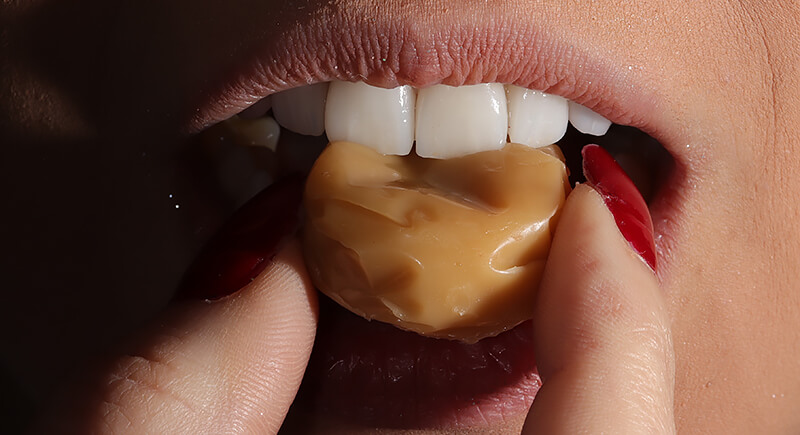
Elizabeth chewed on candied ginger and marzipan almost daily, and it wrecked her teeth. By the late 1500s, visitors described her as having blackened gums and rotting molars. Ironically, the wealthy copied her look by darkening their own teeth with soot to appear rich, even if they had healthy mouths.
Her Coronation Ring Never Came Off
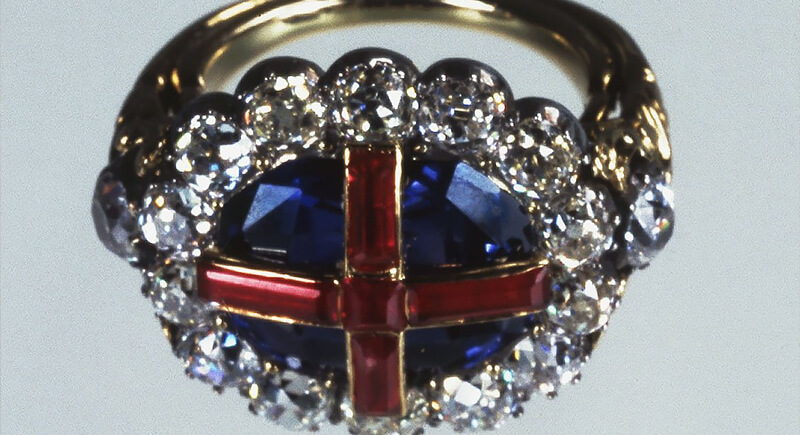
The gold ring slipped onto her finger at her coronation and stayed there for decades. It eventually sank into swollen skin, causing infection and pain. Some historians believe that constant irritation may have contributed to her decline in later years, though nobody dared remove it while she lived.
She Brushed With Sugar And Honey
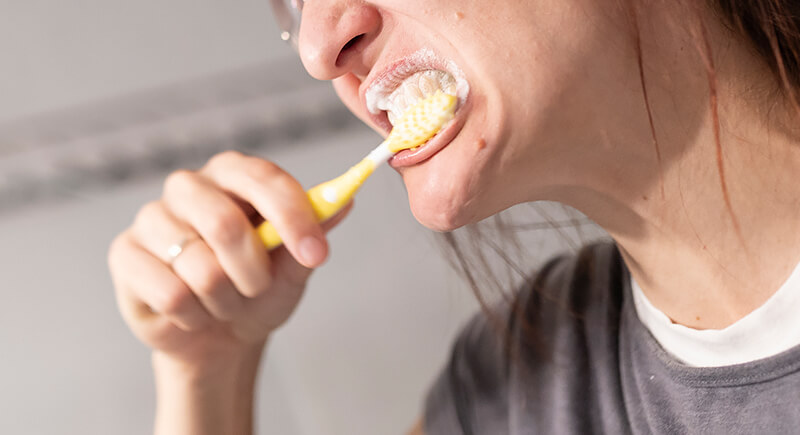
Instead of toothpaste, Elizabeth cleaned her teeth with honey and sugar. She believed it kept her breath pleasant. The gritty mixture only sped up decay, and with no modern dental care, she ended up enduring extractions that left her struggling to speak clearly in her later years.
Her Wigs Hid Scars And Bald Spots
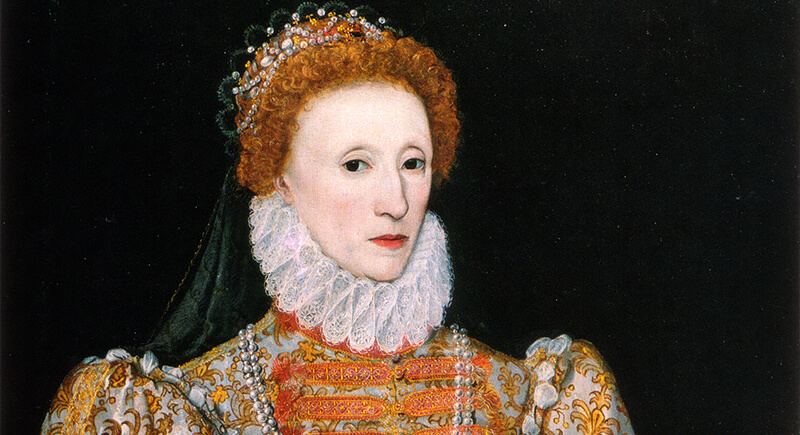
After surviving smallpox in her twenties, Elizabeth lost patches of hair and developed scars on her face. To maintain her image, she wore elaborate wigs coated in powder and wax, and they were rarely cleaned. Courtiers often complained about the smell during long ceremonies, though no one dared say it.
Her Final Months Were Unbearable
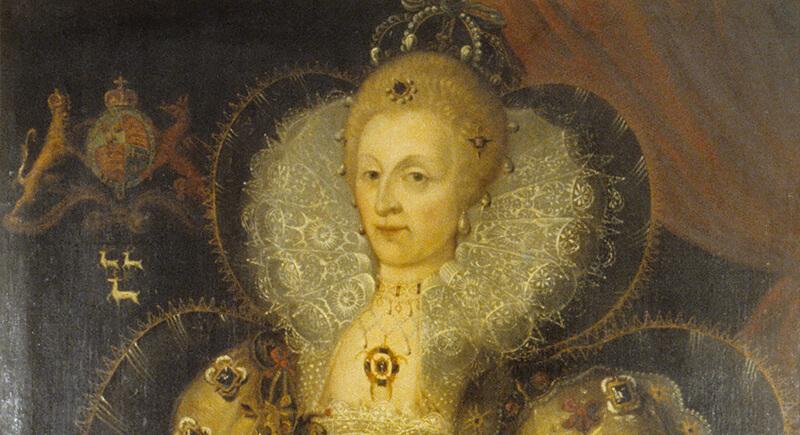
Eyewitness accounts describe Elizabeth standing for hours despite being gravely ill, refusing to sit or rest. Her legs reportedly swelled and leaked fluid, yet she continued attending council meetings. Courtiers said she stood silently, dressed in black, and stared at the floor for long stretches.
She Had Teeth Pulled Without Anesthetic

Dentistry in her time meant metal pliers and no pain relief. Chronic infection forced multiple extractions, each as painful as it sounds. Some accounts suggest her speech grew slurred, likely from missing teeth and constant oral pain, though portraits never showed it.
Her Clothes Sometimes Featured Critters
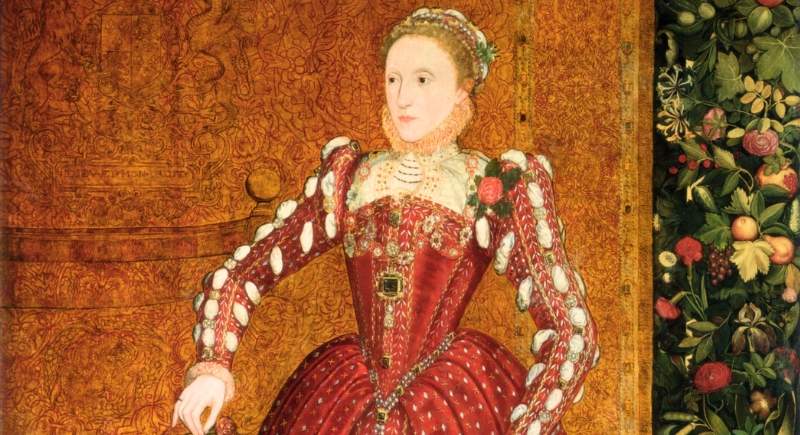
Tudor wardrobes were grand but rarely washed. Layers of velvet, lace, and brocade were expensive to clean, so garments sometimes teemed with fleas and mites. Elizabeth owned thousands of gloves and dresses and rotated them to avoid suspicion.
She Commissioned Portraits As Propaganda

Elizabeth understood the value of image. She ordered artists to depict her with youthful features and powerful symbols like globes and swords. These portraits were sent to foreign courts to shape how other nations viewed England. The practice helped cement her reputation as a strong and almost timeless ruler.
Lead Paint Was Caked On Her Face

Layers of lead‑based makeup created a rigid mask that cracked when she smiled. Instead of washing it off, servants patched more on top, leaving a crust that reportedly gave off an unpleasant smell. It was beautiful by Tudor standards, but far from healthy.
Royal Baths Were Rare Events
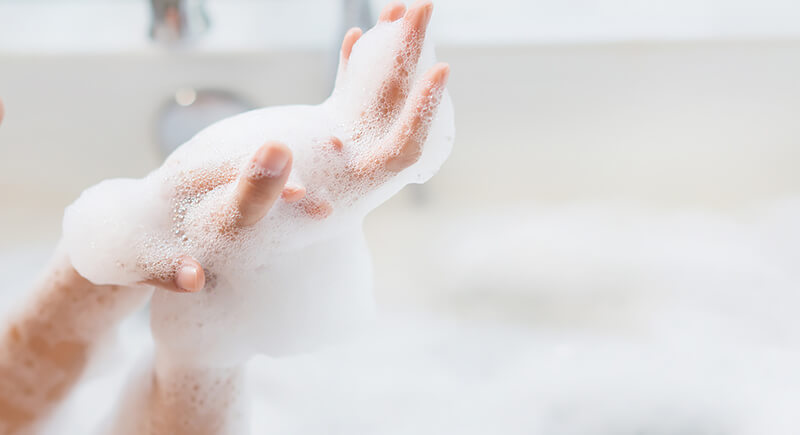
Elizabeth reportedly claimed to bathe once a month “whether she needed it or not.” Hot water baths were considered risky, and soap was harsh and scarce. Instead, she masked odors with perfumes and powders. Courtiers noted that her chamber often carried the scent of herbs and oils.
She Slept Surrounded By Moldy Drapes

Canopy beds looked impressive in portraits, but the thick velvet curtains trapped moisture and dust. Without regular washing, mold and mildew thrived. Elizabeth spent nights breathing in damp air, which likely aggravated her chronic cough. Servants aired bedding when possible, yet the heavy fabrics remained a breeding ground for mites and unpleasant smells.
She Stood Among Sick Servants

Palace life brought constant exposure to illness. Coughing attendants, contagious visitors, and crowded quarters meant germs spread fast. Despite her status, Elizabeth couldn’t fully avoid outbreaks of colds or fevers, which swept through court life more than once.
She Enjoyed Hunting And Riding
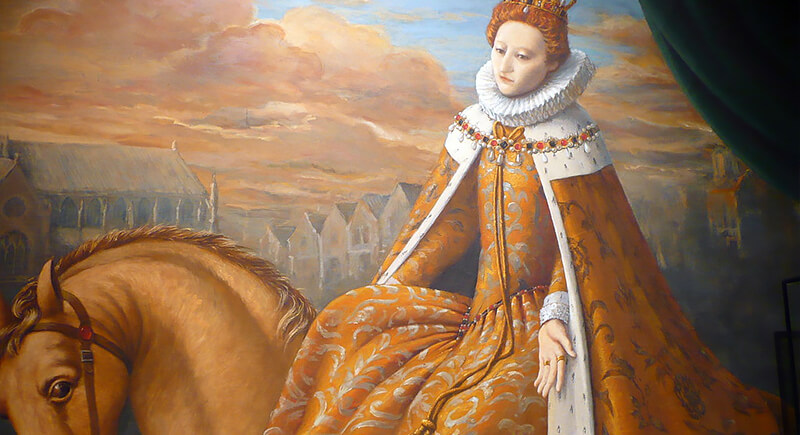
Court records describe Elizabeth riding horses at great speed during hunts. She joined stag chases in Windsor Forest and showed impressive skill with a crossbow. These outdoor pursuits displayed her energy and leadership, which helped win over courtiers who admired a monarch unafraid of muddy boots.
She Kept Exotic Pets

Accounts mention Elizabeth receiving unusual animals as diplomatic gifts. She reportedly owned a parrot that amused guests with chatter and was fascinated by monkeys brought from overseas. These creatures added to the spectacle of court life and reflected the far‑reaching connections England developed under her reign.
She Turned Down Countless Proposals

Foreign princes and noblemen lined up to marry her, but Elizabeth never accepted. Each refusal was calculated, which allowed her to keep alliances flexible without losing independence. Her court buzzed with speculation, and suitors like King Philip II of Spain and Francis, Duke of Anjou, left disappointed.